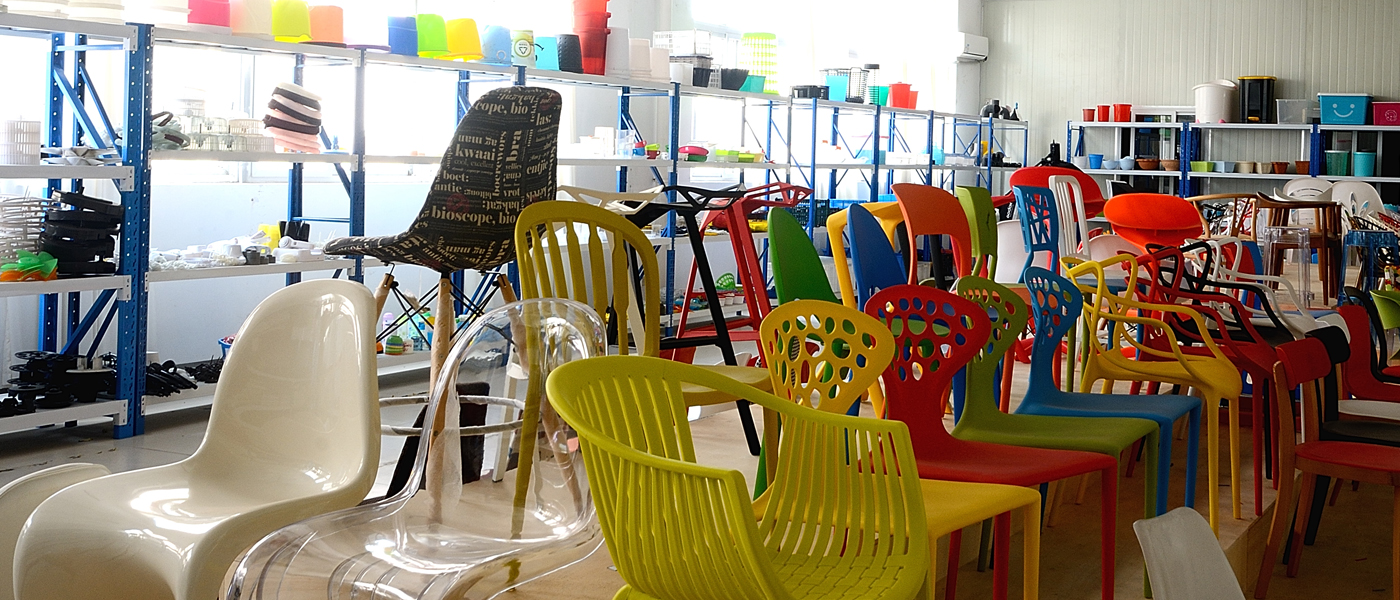
The specific material selected for a particular tool is normally determined by the mechanical properties necessary for the proper operation of the tool. These materials should be selected only after a careful study and evaluation of the function and requirements of the proposed tool. In most applications, more than one type of material will be satisfactory, and a final choice will normally be governed by material availability and economic considerations.
The principal materials used for tools can be divided into three major categories: ferrous, materials, nonferrous materials, and nonmetallic materials. Ferrous tool materials have iron as a base metal and include tool steel, alloy steel, carbon steel, and cast iron. Nonferrous materials have a base metal other than iron and include aluminum, magnesium, zinc, lead, bismuth copper,and a variety of alloys. Nonmetallic materials are those materials such as woods, plastics,rubbers, epoxy resins, ceramics, and diamonds that do not have a metallic base. To properly select a tool material, there are several physical and mechanical properties you should understand to determine how the materials you select will affect the function and operation of the tool.
Physical and mechanical properties are those characteristics of a material which control how the material will react under certain conditions. Physical properties are those properties which are natural in the material and cannot be permanently altered without changing the material itself. These properties include: weight, color, thermal and electrical conductivity, rate of thermal expansion, and melting point. The mechanical properties of a material are those properties which can be permanently altered by thermal or mechanical treatment. These properties include strength hardness, wear resistance, toughness, brittleness, plasticity, ductility, malleability, and modulus of elasticity.
From a use standpoint, tool steels are utilized in working and shaping basic materials such as of elasticity. metals,plastics, and wood into desired forms. From a composition standpoint, tool steels are carbon alloy steels which are capable of being hardened and tempered. Some desirable properties of tool steels are high wear resistance and hardness, good heat resistance, and sufficient strength to work the materials. In some cases, dimensional stability may be very important. Tool steels also must be economical to use and be capable of being formed or machined into the desired shape for the tool.
Since the property requirements are so special, tool steels are usually melted in electric furnaces using careful metallurgical quality control. A great effort is made to keep porosity segregation, impurities, and nonmetallic inclusions to as low a level as possible.Tool steels are subjected to careful macroscopic and microscopic inspections to ensure that they meet strict tool steel"specifications.
Although tool steels are a relatively small percentage of total steel production, they have a strategic position in that they are used in the production of other steel products and engineering materials. Some applications of tool steels include drills, deepdrawing dies, shear blades punches, extrusion dies, and cutting tools.
For some applications, especially where extremely high-speed cutting is important, other tool materials such as sintered carbide products are a more economical alternative to tool steels. The exceptional tool performance of sintered carbides results from their very high hardness and high compressive strength. Other tool materials are being used more and more often industrially.
Heya focuses on manufacturing all kinds of plastic moulds, like household molds, kitchenware molds, home appliance moulds, industry and agriculture molds, crate mould, chair moulds, injection pallet molds and so on, stool molds, table moulds and so on. If you have new mould projects, welcome to contact us!